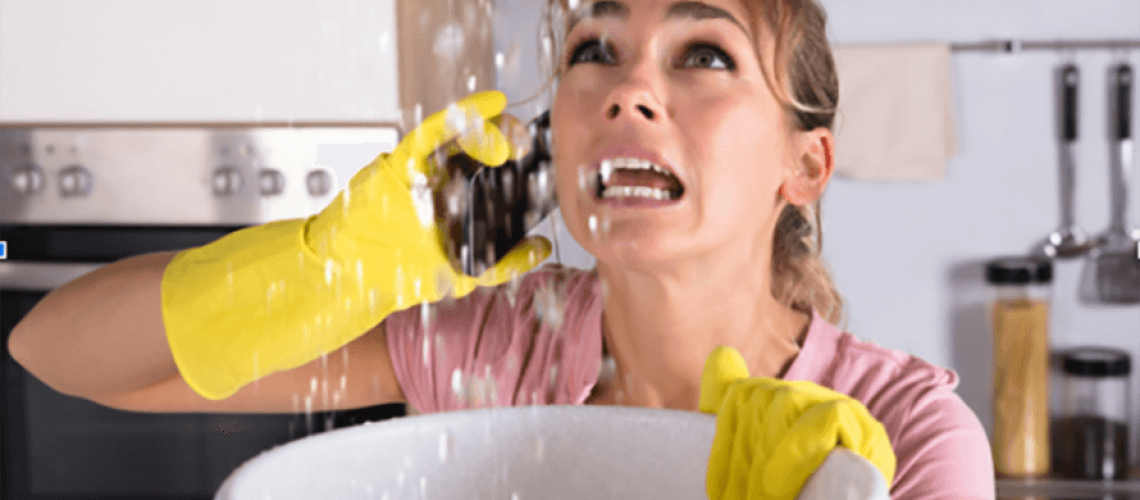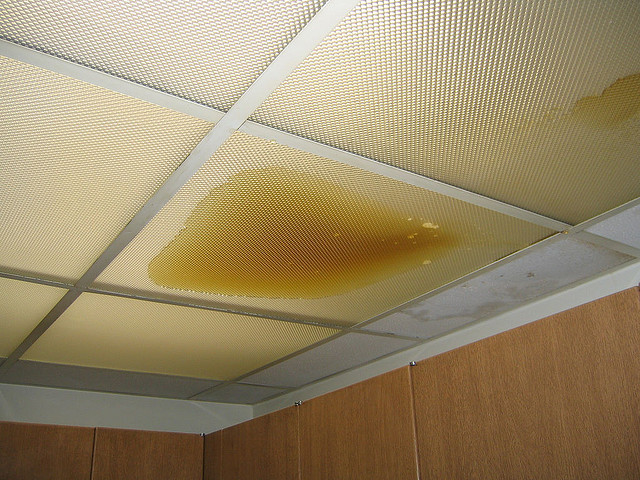Reveal Concealed Water Line Leaks: 6 Tested Detection Methods
Reveal Concealed Water Line Leaks: 6 Tested Detection Methods
Blog Article
The content down below relating to Leaking water lines is amazingly attention-grabbing. You should give it a look.

Early detection of dripping water lines can reduce a potential calamity. Aside from saving you cash, it will lessen the stress as well as disappointment. The minute you find a leakage, calling your plumber for repair work is the most effective solution. However, some little water leakages might not show up. If you can not spot it with your naked eyes, here are some hacks that assist.
1. Check Out the Water Meter
Every home has a water meter. Examining it is a proven way that aids you find leakages. For starters, switch off all the water sources. Make certain nobody will certainly purge, use the faucet, shower, run the washing maker or dish washer. From there, go to the meter and watch if it will alter. Given that no person is using it, there should be no movements. If it moves, that shows a fast-moving leak. If you identify no changes, wait a hr or 2 and also examine back again. This implies you may have a slow leakage that can also be below ground.
2. Inspect Water Usage
Evaluate your water bills and track your water intake. As the one paying it, you need to observe if there are any type of inconsistencies. If you find sudden changes, despite your intake coinciding, it suggests that you have leakages in your plumbing system. Keep in mind, your water expense ought to fall under the same array on a monthly basis. An unexpected spike in your expense indicates a fast-moving leakage.
At the same time, a consistent boost monthly, even with the exact same practices, shows you have a slow-moving leakage that's likewise slowly rising. Call a plumber to extensively check your residential or commercial property, particularly if you feel a warm location on your flooring with piping underneath.
3. Do a Food Coloring Examination
When it comes to water intake, 30% comes from commodes. If the shade in some way infiltrates your dish during that time without flushing, there's a leakage in between the tank and dish.
4. Asses Exterior Lines
Don't neglect to check your outside water lines as well. Examination spigots by affixing a garden hose. Must water seep out of the connection, you have a loosened rubber gasket. Change this and make sure all links are tight. It will aid obtain it properly examined as well as preserved each year if you've got a sprinkler system. One small leakage can lose lots of water and also spike your water bill.
5. Evaluate and also Assess the Situation
Homeowners should make it a routine to examine under the sink counters and also also inside closets for any kind of bad odor or mold and mildew development. These 2 warnings show a leakage so punctual focus is called for. Doing regular assessments, also bi-annually, can conserve you from a significant issue.
If you know your home is currently old, maintain a careful eye on your heating systems, pipes, pipelines and so on. Check for discolorations and weakening as most home appliances and pipelines have a life span. They will certainly additionally naturally degrade due to damage. If you presume dripping water lines in your plumbing system, do not wait for it to rise. Call an expert plumber as soon as possible so you don't wind up with an awful mess in your house.
Early discovery of leaking water lines can alleviate a potential calamity. Some small water leaks might not be visible. Inspecting it is a surefire method that aids you find leakages. One tiny leak can throw away lots of water and also spike your water expense.
If you believe leaking water lines in your plumbing system, don't wait for it to rise.
WARNING SIGNS OF WATER LEAKAGE BEHIND THE WALL
PERSISTENT MUSTY ODORS
As water slowly drips from a leaky pipe inside the wall, flooring and sheetrock stay damp and develop an odor similar to wet cardboard. It generates a musty smell that can help you find hidden leaks.
MOLD IN UNUSUAL AREAS
Mold usually grows in wet areas like kitchens, baths and laundry rooms. If you spot the stuff on walls or baseboards in other rooms of the house, it’s a good indicator of undetected water leaks.
STAINS THAT GROW
When mold thrives around a leaky pipe, it sometimes takes hold on the inside surface of the affected wall. A growing stain on otherwise clean sheetrock is often your sign of a hidden plumbing problem.
PEELING OR BUBBLING WALLPAPER / PAINT
This clue is easy to miss in rooms that don’t get much use. When you see wallpaper separating along seams or paint bubbling or flaking off the wall, blame sheetrock that stays wet because of an undetected leak.
BUCKLED CEILINGS AND STAINED FLOORS
If ceilings or floors in bathrooms, kitchens or laundry areas develop structural problems, don’t rule out constant damp inside the walls. Wet sheetrock can affect adjacent framing, flooring and ceilings.
https://www.servicemasterbyzaba.com/blog/how-to-detect-water-leakage-in-walls/

We had been made aware of that report about Leaking water lines through a friend on another blog. Sharing is good. You never know, you will be doing someone a favor. I treasure reading our article about Hacks to detect leaks.
Reliable repairs? Dial. Report this page